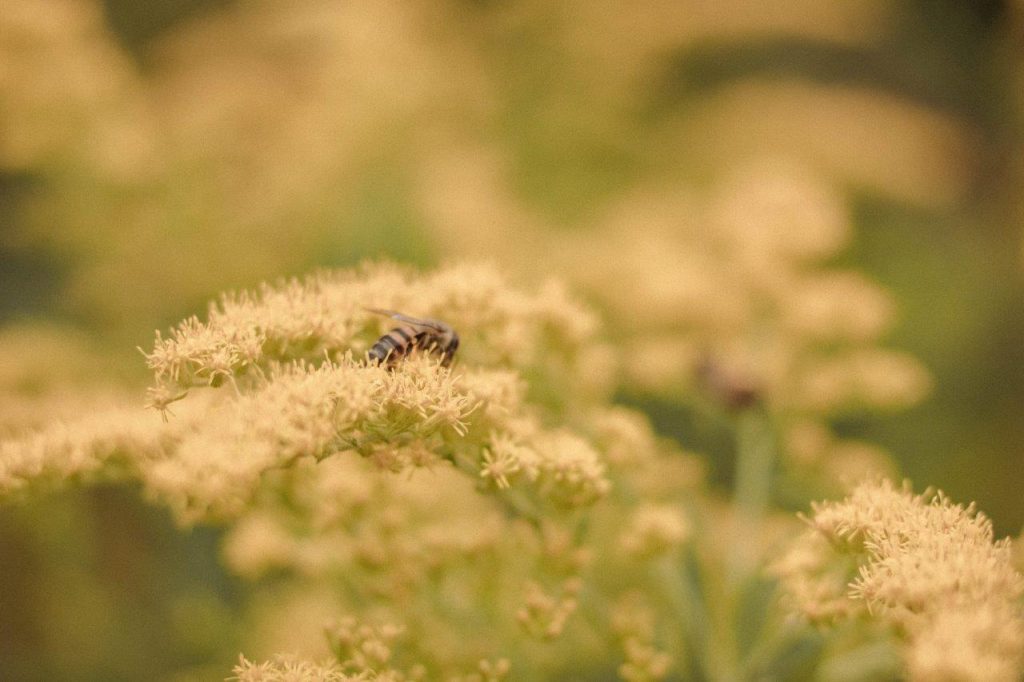Interesting bee facts

We all know that our planet can’t survive without these small hard-working insects pollinating our plants and crops. Yet, we are seeing their numbers decreasing at an alarming rate. You can make a difference by creating a safe nesting & breeding structure for solitary bees, where young solitary bees can grow to maturity. Our bee hotels are the perfect solution for this.
A female bee selects a hole of the right size & depth to be her breeding nest. From there, she will fly back & forth in your garden to collect pollen and nectar. This she will mix into a paste. Mama bee places this paste at the back of the hole, where she lays her eggs. Therefore, close by to provide food for her young once hatched. She proceeds to seal off her hole after laying her eggs. Then she will leave the young bees to grow up safely and all by themselves, feeding on the paste left for them. Once they are all grown up and old enough to break the seal, they will fly off to become the next generation of pollinators.
Did you know?
There are roughly 22 000 described species of bees worldwide, of which the common European honey bee Apis Mellifera (described above) is only one species. The majority (over 90%) of the other species are solitary NOT social like the honey bee. They vary greatly in size and appearance, and some are stingless.
FACTS
Solitary bees:
- Differ greatly in size, colour and shape – some look like ants with wings, others more like wasps, and a few similar to honey bees. The smallest known solitary bee is less than 2mm long, while the largest is almost 4cm. Colours vary from metallic green, blue or red to plain black.
- Differ greatly in where they choose to nest – solitary bees do not live in colonies like honey bees, but rather choose to nest alone in burrows in the ground, pre-existing or self-made cavities in wood or reeds.
- Do not make honey or wax.
- Are not aggressive, do not swarm and are either completely stingless or rarely sting – if they do it is under duress.
- Do not serve a queen and all females are fertile.
- Females prepare their own nest, gather pollen and nectar and create a “pantry” for their offspring. Once they lay their eggs they seal up their nest and leave their offspring to grow up on their own. In contrast to honey bees that require a team of worker bees to raise the young.
- Are extremely efficient pollinators as they have specialized body hair to carry pollen unlike the honey bees that utilize baskets on their legs, so they lose far more pollen as they visit each flower. A single red mason bee, for example, pollinates 120 times more flora than a single worker honeybee.
- The majority (over 90%) of bees in the world are solitary bees, of which South Africa is home to roughly 1 300 species.
We dedicate this page to Mr. Peter Webb – the founder of Tutus Loco Bee Hotels. The facts summary about solitary bees is an extract from their website. We salute him for his love and dedication to bees. You can follow Tutus Loco on Facebook.

